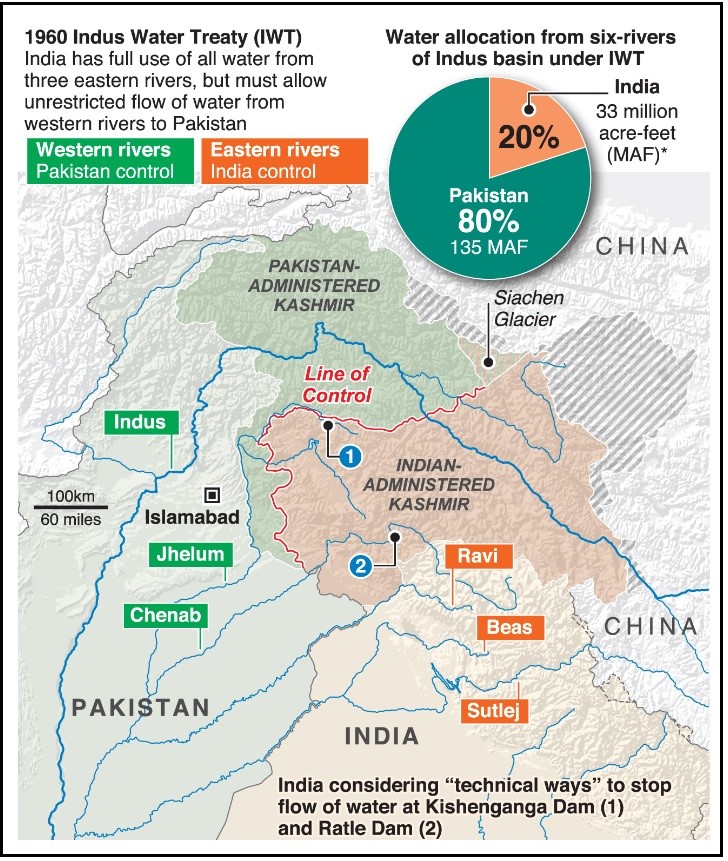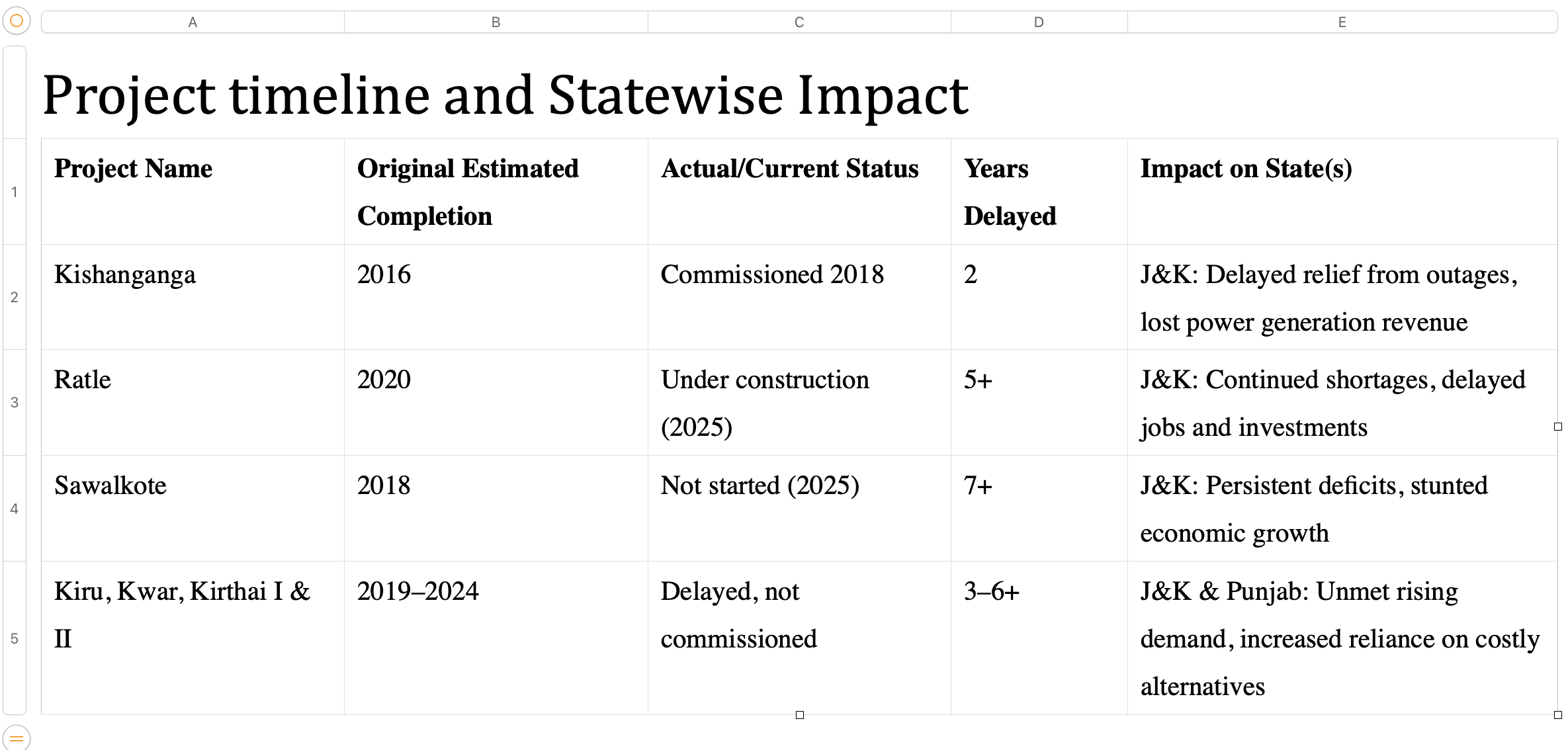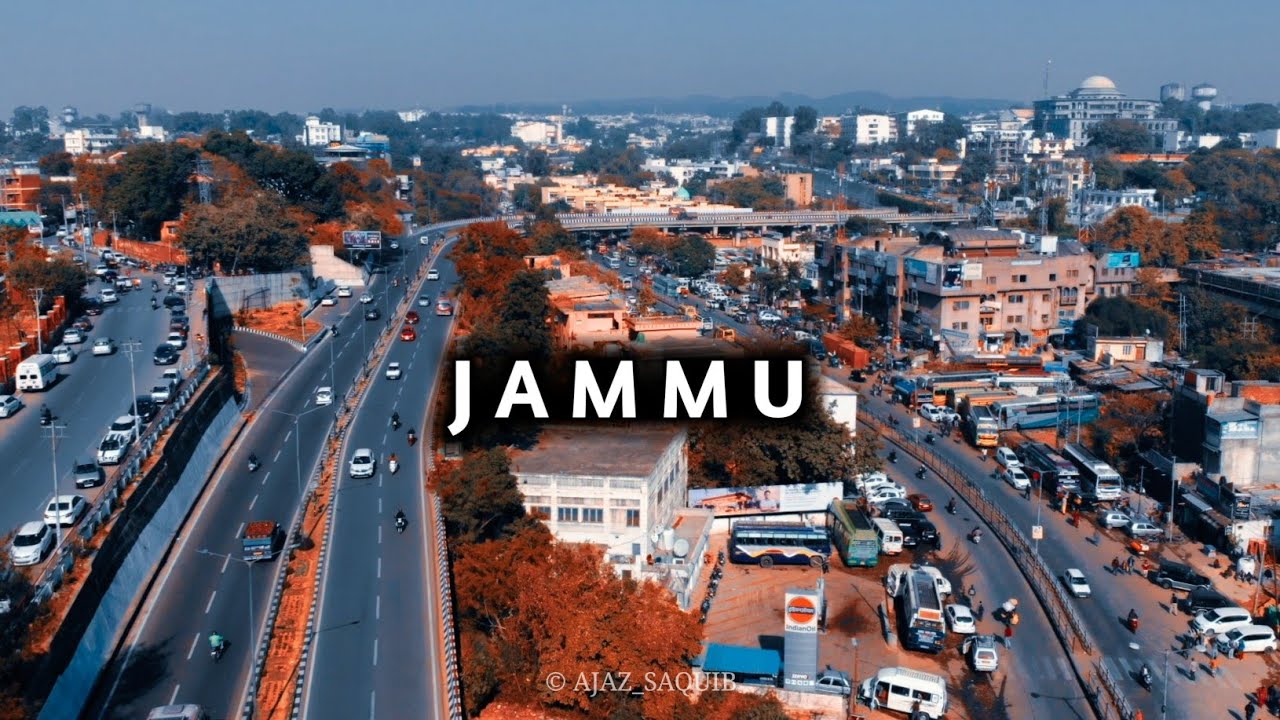Was the Indus Water Treaty Holding Back Punjab , Jammu & Kashmir’s Light?
A.Vi.
Once upon a time, two neighbors shared a stream running through their backyards. The upstream neighbor wanted to install a waterwheel to light up his home, but every time he tried, the downstream neighbor complained, called in mediators, and insisted on endless debates about the wheel’s size and placement. Years passed, and the upstream family sat in darkness while the downstream neighbor enjoyed uninterrupted flow. One day, after a particularly egregious act of sabotage, the upstream neighbor finally declared, “Enough!” and decided to build his waterwheel without waiting for more permissions.
This story mirrors the decades-long power struggle between India and Pakistan over the Indus Waters Treaty (IWT) and its impact on the electricity supply in India’s border states. With India’s recent suspension of the IWT, a new chapter begins—one that could finally bring light to millions of homes in Jammu & Kashmir and Punjab.

How the IWT Kept the Lights Dim
For over six decades, the IWT strictly regulated India’s use of the western rivers (Indus, Jhelum, Chenab), imposing design and operational restrictions on hydropower projects. Any attempt by India to harness these rivers’ energy sparked objections from Pakistan, leading to international arbitrations and years of delays. The result: critical run-of-the-river hydroelectric projects meant to power Jammu & Kashmir and Punjab were stalled, leaving these states grappling with chronic electricity shortages and economic stagnation.

How Pakistan Used Arbitration to Stall Indian Projects
Pakistan’s strategy was clear: whenever India proposed or built a hydropower project on the western rivers, Pakistan objected—often not on the basis of actual harm, but to delay and restrict India’s development.
The IWT’s complex dispute resolution mechanism allowed Pakistan to:
- Shift Between Forums: Pakistan frequently moved disputes from the Permanent Indus Commission to neutral experts, then to courts of arbitration, dragging out resolution for years.
- Refuse Agreement on Procedures: Pakistan often disagreed on the method or forum for dispute resolution, causing procedural deadlocks and further delays.
- Raise Repetitive or Technical Objections: Even after technical clarifications or modifications, Pakistan would raise new concerns, keeping projects in perpetual limbo.
Timeline of Key Events
- Kishanganga: Objections raised in 2006, arbitration from 2011–2013, delayed commissioning until 2018.
- Ratle: Objections since 2013, arbitration initiated, construction stalled for over five years.
- Sawalkote and Others: Repeated objections and procedural wrangling, with no progress for 7+ years.

What Changes with the Suspension of the IWT?
With the IWT suspended, India is no longer bound by restrictive design and operational clauses. This means:
- Unrestricted Project Design: India can now build and operate hydroelectric projects on the western rivers without seeking Pakistan’s approval or accommodating its objections[1].
- Faster Project Completion: The removal of arbitration bottlenecks allows India to expedite construction and commissioning of long-pending projects.
- Increased Storage and Reservoir Flushing: India can now create storage on the Indus, Jhelum, and Chenab, and use reservoir flushing to extend dam life and optimize power generation.
Opportunities for India and Long-Due Benefits
- Rapid Electrification: Fast-tracking the completion of delayed projects will provide reliable electricity to millions of homes in Jammu & Kashmir and Punjab, ending chronic outages and supporting economic growth.
- Job Creation and Investment: Restarting large projects like Ratle and Sawalkote will generate thousands of jobs and attract significant investment to the region.
- Energy Security: Reduced dependence on costly thermal or imported power, helping states manage rising demand sustainably.
- Strategic Leverage: By harnessing its full rights over the Indus system, India gains leverage in future negotiations and reduces Pakistan’s ability to use water as a diplomatic weapon.
Conclusion: Lighting Up the Border States
For decades, the IWT allowed Pakistan to keep India’s border states in the dark—literally and figuratively—by exploiting procedural loopholes and sponsoring instability. The suspension of the treaty marks a turning point. By reclaiming control over its own rivers, India can finally deliver the electricity, jobs, and prosperity long denied to the people of Jammu & Kashmir and Punjab, even as it confronts the twin challenges of cross-border terrorism and internal security. It is yet to be seen what China and other international actors may react to this. It can be a great topic for my next blog.
But for now it seems like the upstream neighbor is building his waterwheel at last—and the lights are about to come on.





